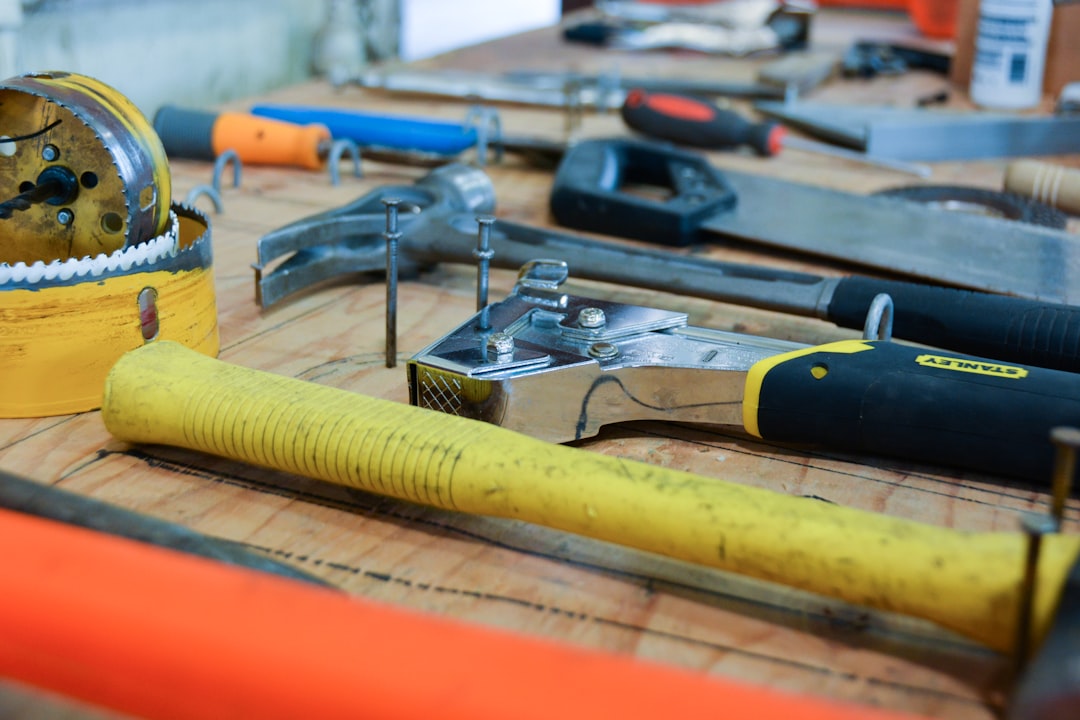Additive manufacturing, also known as 3D printing, has undergone significant evolution over the past few decades. From its humble beginnings as a niche technology primarily used for prototyping, additive manufacturing has grown into a versatile and widely adopted method for producing everything from medical implants to aerospace components. This evolution has been driven by a combination of advancements in materials, hardware, software, and processes, making additive manufacturing an indispensable tool in various industries.
The concept of additive manufacturing dates back to the 1980s, when Charles Hull invented stereolithography, a process in which an ultraviolet laser is used to selectively cure a liquid photopolymer resin one layer at a time. This marked the beginning of the additive manufacturing revolution, as it allowed for the production of three-dimensional solid objects from digital models. However, early additive manufacturing technologies were limited in terms of material choices and resolution, making them unsuitable for production parts.
In the 1990s, selective laser sintering (SLS) and fused deposition modeling (FDM) were introduced, opening up new possibilities for additive manufacturing. SLS works by using a laser to selectively fuse powdered materials together, while FDM deposits molten thermoplastic material layer by layer to build up a solid object. These technologies offered improved material choices and resolution, making them suitable for both prototyping and low-volume production.
The past decade has seen a surge in interest and adoption of additive manufacturing, driven by advancements in materials and processes. Additive manufacturing now encompasses a wide range of technologies, including powder bed fusion, binder jetting, and directed energy deposition, each with its own set of benefits and limitations. These technologies have enabled the production of complex geometries, lightweight structures, and customizable parts that would be difficult or impossible to achieve using traditional manufacturing methods.
One of the key drivers of the evolution of additive manufacturing has been the development of new materials. In addition to thermoplastics, a wide range of materials can now be used in additive manufacturing, including metals, ceramics, and composites. These materials offer a combination of superior mechanical properties, thermal stability, and chemical resistance, making them suitable for a wide range of applications.
Advancements in hardware have also played a crucial role in the evolution of additive manufacturing. High-speed lasers, precision motion control systems, and sophisticated print heads have enabled the production of parts with higher resolution and accuracy. Multi-material printing, in which multiple materials are printed simultaneously, has also become possible, opening up new design possibilities.
Software has also played a crucial role in the evolution of additive manufacturing. CAD software allows designers to create complex geometries that would be difficult to manufacture using traditional methods. Simulation software can predict how a part will behave under various conditions, enabling engineers to optimize their designs for performance and cost.
The evolution of additive manufacturing has been further accelerated by the rise of digital manufacturing ecosystems. These ecosystems connect designers, manufacturers, and suppliers in a seamless digital workflow, enabling the rapid design and production of parts. This has led to the emergence of distributed manufacturing networks, in which parts are produced locally and on-demand, reducing lead times and transportation costs.
In conclusion, the evolution of additive manufacturing has been driven by advancements in materials, hardware, software, and processes. From its humble beginnings as a prototyping technology, additive manufacturing has grown into a versatile and widely adopted method for producing complex and customizable parts. As the technology continues to evolve, we can expect to see further improvements in resolution, speed, and material choices, making additive manufacturing an indispensable tool in various industries.

